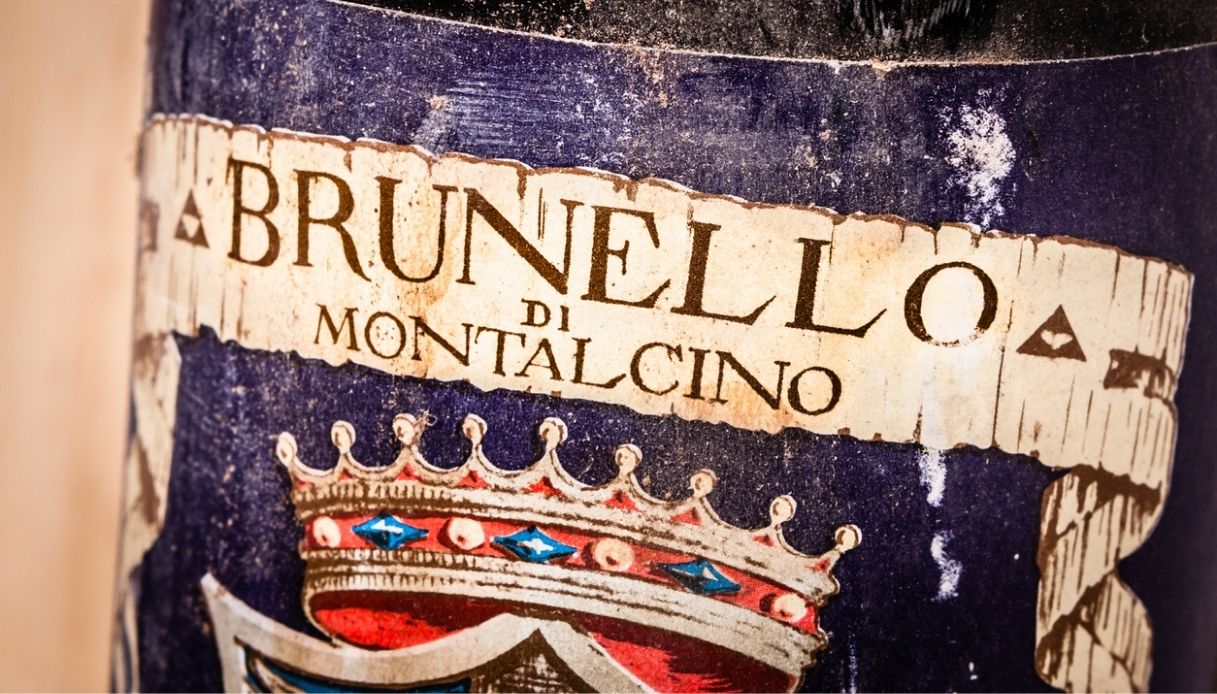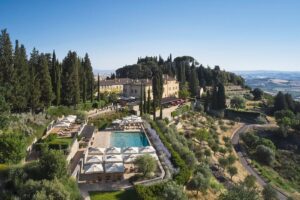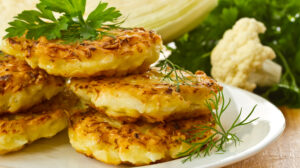Montalcino Wine Tour: How to Enjoy the Best Brunello di Montalcino
Disclosure: This page contains affiliate links. If you make a purchase through these links, I may earn a small commission to help me support my blog.📝
Trip to Montalcino
One day I decided to visit Montalcino, home of Brunello wine—one of the world’s most celebrated and exquisite vintages. Montalcino is a charming medieval town situated within Siena province in southern Tuscany; it boasts rolling hills, olive groves, vineyards, and breathtaking views across the Val d’Orcia and Maremma valleys. Montalcino also serves as one of the primary producers for Brunello, an esteemed vintage beloved throughout its region and beyond.
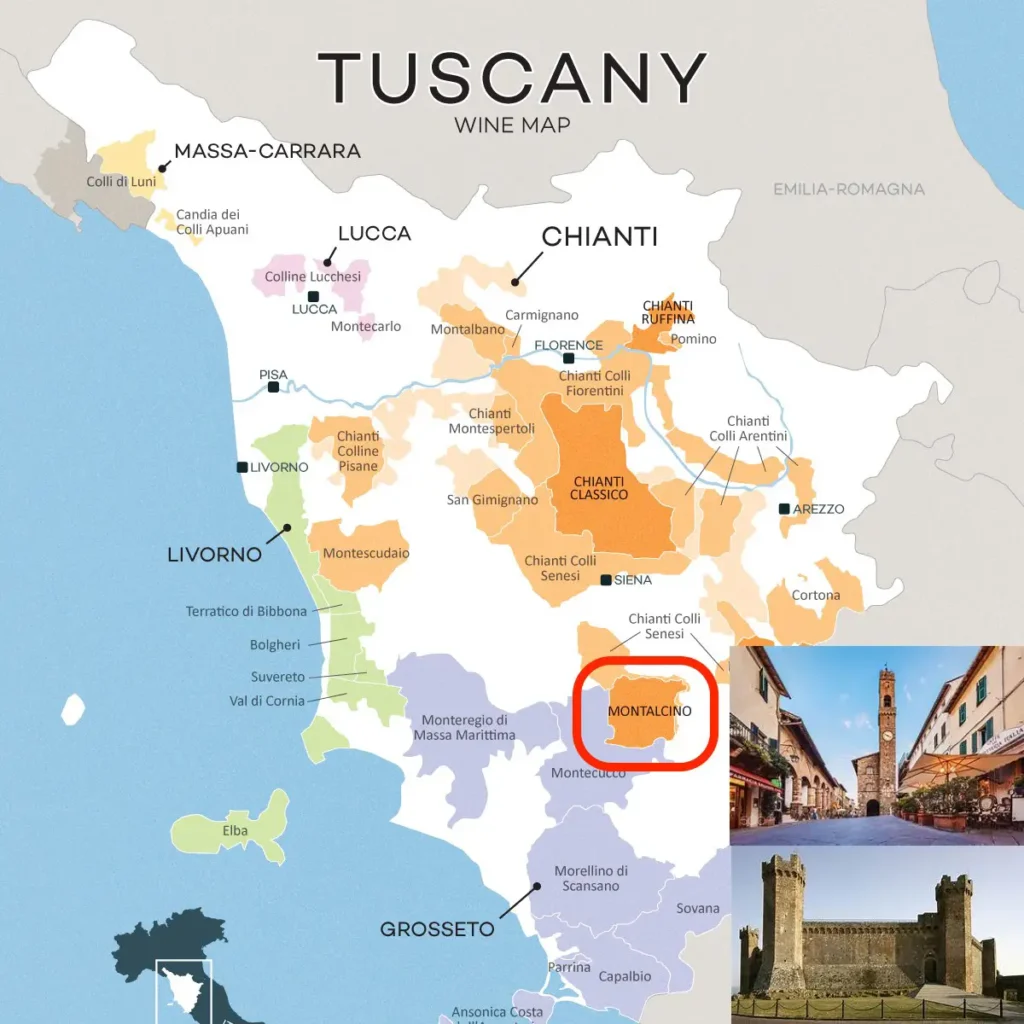
Credit: mandmimporters.com
I left early in the morning, and I enjoyed the scenic route, admiring the rolling hills, the olive groves, and the vineyards.
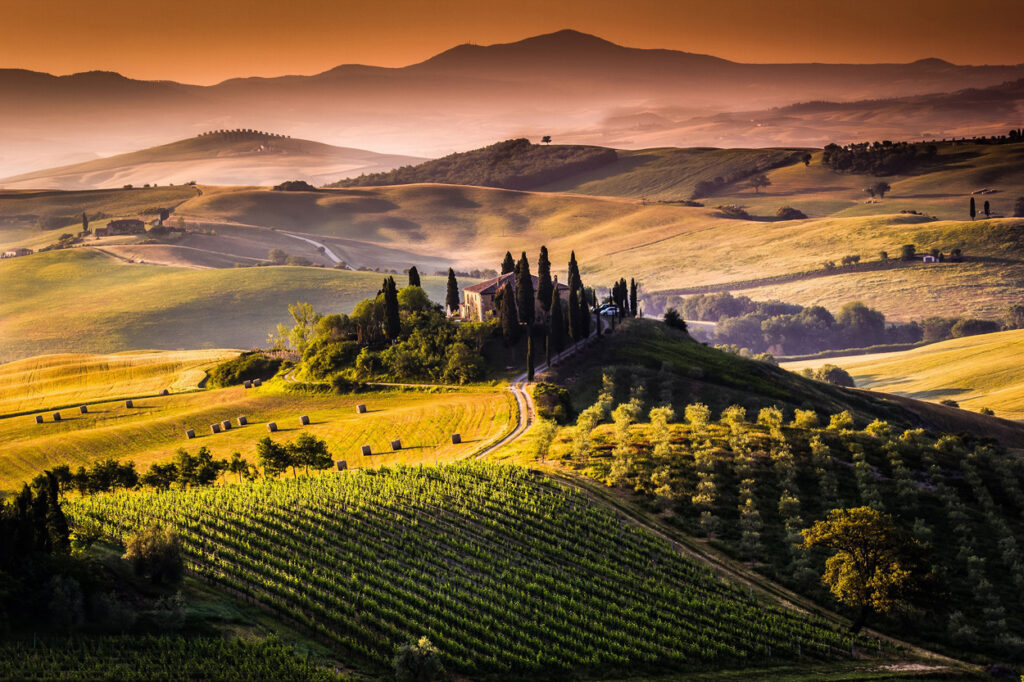
Credit: Viator.com
As I traveled along, I took pleasure in admiring the scenic route and soon enough I reached Montalcino— an enchanting medieval town perched atop a hill. I parked my car near its iconic fortress that dominates its skyline.

Credit: Ansa.it
History of Montalcino
Ferruccio Biondi-Santi was an innovative winemaker who first planted Sangiovese Grosso grapes in Montalcino for cultivation and demonstrated their outstanding aging potential by crafting his inaugural Brunello wine (so-named because of its dark hue when fully aged).
Brunello winemakers refined and perfected its production process through generations. Brunello di Montalcino Wine was granted official recognition and it was one of Italy’s first wines to earn Denominazione di Origine Controllata e Garantita (DOCG) status – signifying superior quality and regional authenticity – back in 1968.
Brunello di Montalcino’s fame has spread around the world, becoming synonymous with quality wines produced in Tuscany and serving as an ambassador of Tuscan winemaking excellence. Brunello has long been recognized as one of the premier wines worldwide due to its meticulous cultivation of Sangiovese Grosso grapes, traditional winemaking techniques, and exclusive Montalcino terroir – elements which all help maintain its legendary status and increased demand.
This iconic vintage can be traced back to 1888 when Ferruccio Biondi-Santi pioneered the cultivation of Sangiovese Grosso grapes within the Montalcino region and created his masterpiece. The wine’s name, Brunello, meaning “little dark one,” alludes to the Sangiovese grapes’ fully ripened dark color.
Classification and Denomination of Brunello di Montalcino
Brunello di Montalcino wines are strictly classified and regulated to uphold the highest quality standards, beginning with Denominazione di Origine Controllata e Garantita (DOCG).
This renowned designation serves as proof that this wine meets stringent production regulations, such as using only Sangiovese grapes from within Montalcino region for production purposes. Within DOCG, there are two additional categories designed to differentiate these wines: Riserva wines typically undergo extended aging of at least five years before attaining Riserva status, while Annata wines require two years before reaching this status.
Consorzio del Vino Brunello di Montalcino was established in 1967 to preserve Brunello di Montalcino as a classic Tuscan winemaking tradition and to ensure its continued legacy, production, appreciation, and promotion. Winemakers work closely together, adhering to regulations set out by Consorzio that ensure strict adherence from vineyard to cellar door—something national and international audiences alike appreciate thanks to Consorzio’s watchful oversight that ensures both tradition and high-quality wines worldwide!
My Winery Tour
I booked in advance a wine tour, eager to experience first-hand how Brunello is produced and taste its different vintages and styles. On a guided tour, I learned all about its production: from four-year barrel ageing to how 100% Sangiovese grapes produce it (a local variety called Brunello or Sangiovese Grosso); as well as passion and tradition from winemakers who were eager for me to taste the product itself. I was truly inspired by their passionate approach while eager to taste the wine!
At first, I entered a tasting room where four Brunello wines from different years and vineyards were offered to me for tasting. With every sip, I noticed subtle nuances in color, bouquet, and taste—especially after my fourth tasting. This particular wine offered deep ruby hues with elegant complexity and full-bodied velvetiness that pair beautifully with meat, cheese, and truffle dishes. After purchasing my bottle, I thanked all for their hospitality and their efforts during my experience at their facility.
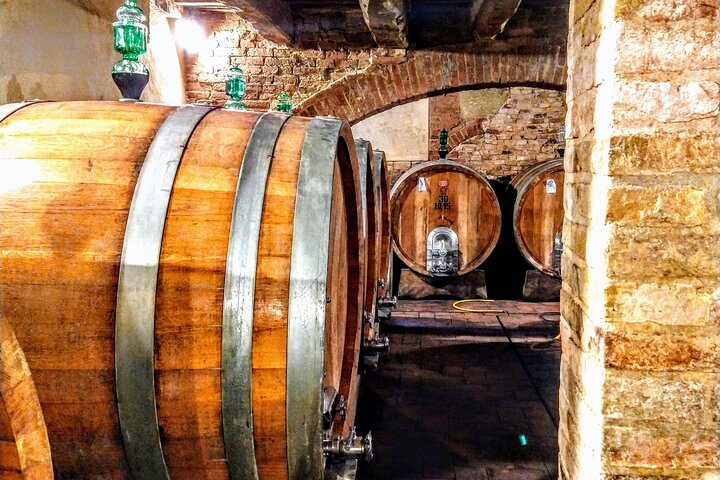
Credit: Shutterstock
Interactive Exhibit: Tempio di Brunello
After visiting the winery, I wanted to learn more about the culture and the tradition of Montalcino and Brunello, so I decided to go to the Tempio del Brunello—an exhibit located inside the former convent and monumental complex of Sant’Agostino, the millennial and cultural heart of the town.
This complex, dating back to the 14th century, offers a unique sensory experience for wine lovers. Here’s what you can expect to find at Il Tempio del Brunello:
- Cultural and Wine Dialogue: Within the museum, you’ll find a cloister and the Enoteca (called Bistrot of Il Tempio del Brunello), which directly faces the cloister. Here you can try different wines while discussing culture, art, and wine. An interactive showcase will guide you in choosing the Brunello that best suits your personality, based on questions related to your temperament. You can also discover the characteristics and color of Brunello from different aging years.
- Digital Guide: You will be accompanied by a real digital sommelier, who will guide you through the gestures and rituals that accompany the tasting of Brunello and Rosso di Montalcino.

Credit: tuscandreamvacations.com
I also watched some immersive videos that explained the four pillars of Brunello: the soil, the biodiversity, the climate, and the people. The journey ended in the uncovered cloister, where I could read some brochures, and chat with other visitors and locals. I also had the chance to buy some bottles of Brunello and other local products, such as honey, olive oil, and saffron.
Sangiovese Variety
The Montalcino region’s altitude and climate provide an ideal environment for Sangiovese grapes to ripen fully and consistently, resulting in the body, color, extract, and tannins that are commonly associated with Brunello di Montalcino.
As I mentioned earlier, Brunello is aged for at least four years, of which two are in oak barrels, and it has a deep ruby color, a complex and elegant bouquet, with a full-bodied and velvety taste. Brunello is a wine that can age for decades and it pairs well with meat, cheese, and truffles. The long aging process is necessary to reduce San Giovese’s strong tannic charge (i.e., amount of tannins) and allow its aromas to develop fully.
In the mid-19th century, Clemente Santi was the first to recognize the potential of the vigorous San Giovese wine called Brunello because of its dark color, in the almost arid climate and poor limestone-based soil of Montalcino. However, it was his nephew Ferruccio Biondi Santi who invented the wine that made Montalcino famous worldwide. For almost a century, Brunello was known only by its fans, until its popularity exploded in the last 40 years.
The Best Time to Visit Montalcino
For the fullest cultural and culinary experience of Montalcino, summer and autumn are prime seasons to visit; numerous festivals and events showcasing local products take place during these times. Early September brings Honey Fest; October hosts the Cockel Festival; then at the end of October, Sagra del Tordo comes with historical re-enactments, and archery competitions from each district in Montalcino. Finally, in February, you can celebrate the Wine Festival.
What to Do in Montalcino and its Surrounding Area
If you want to discover the beauty and the flavor of Montalcino and Brunello, here are some tips and suggestions for your trip:
- Visit Montalcino’s historic center: Explore its impressive fortress, Gothic cathedral, Palazzo dei Priori, and the Museo Civico housing both the Brunello exhibit and paintings and sculptures dating from the 14th-18th centuries on display.
- Explore the surrounding countryside to experience its picturesque scenery, ancient villages, and natural attractions such as Sant’Antimo Abbey, Bagno Vignoni thermal baths and Monte Amiata.
- Taste the cuisine of Siena, made up of authentic and simple ingredients such as pici (thick spaghetti), ribollita (vegetable and bread soup), cinta senese (pig breed) and pecorino cheese produced in Siena; also, the honey, olive oil and saffron produced locally are worth trying.
- Visit wineries where you can learn the history and production of Brunello wine and sample its various vintages and styles – Biondi-Santi, Soldera, Banfi, Castello Romitorio and Poggio di Sotto are just a few iconic Montalcino wineries to consider when visiting.
- Experience Montalcino and Brunello culture and tradition through festivals like Sagra del Tordo (an event dedicated to local game bird, Sagra), Jazz & Wine Festival (an interactive music and wine event), or Benvenuto Brunello (an event celebrating each new vintage of Brunello wine).

Credit: chianti.it/comuni/montalcino/
Recommended Brunello di Montalcino Wines
Here are some Brunello di Montalcino wines recommended by the Food and Wine, Wine Spectator, and Gambero Rosso experts:
- Biondi-Santi 2016 Brunello di Montalcino Riserva: This wine is garnet-colored with aromas of black cherry, licorice, caramel, and eucalyptus with polished tannins and flavors of strawberry, pomegranate, chocolate, and mint with an enduring finish marked by notes of dried Mediterranean herbs.
- Argiano: This winery’s 2015 Brunello di Montalcino has been described as a “seamless wine of great varietal purity and sense of place.”
Wine Spectator named Argiano Brunello di Montalcino 2018 as the 2023 Wine of the Year. It is a seamless wine of great varietal purity and sense of place, with aromas and flavors of red berries, flowers, spices, and earth. - Il Marroneto: This winery’s 2016 Brunello di Montalcino has been described as a “classic Brunello with excellent concentration and outstanding persistence.”
- Le Chiuse: This winery’s 2015 Brunello di Montalcino has been described as a “wine of magnificent structure” with “flavors that run the gamut from cherries, wild strawberries, and grilled apricots to forest floor, tobacco, and beef bouillon.”
- Castiglion del Bosco Brunello di Montalcino 2018: 92 points
Scores and Pricing
Disclaimer: Pricing may vary depending on where you live, availability, taxes, etc. We have provided the prices as a reference only. You may want to check the current prices of the wines before buying them, as they may differ from the ones we listed.
| Name of the wine | Wine Spectator | Gambero Rosso | Food and Wine | Cost in Italy (€) | Cost in U.S. ($) |
|---|---|---|---|---|---|
| Biondi-Santi 2016 Brunello di Montalcino Riserva | 96 points | 3 bicchieri | 98 | 699.99 | 688 |
| Argiano 2015 Brunello di Montalcino | 95 points | 2 bicchieri | N/A | 40 | 61 |
| Argiano 2018 Brunello di Montalcino | 95 points | N/A | N/A | 40 | 66 |
| Il Marroneto 2016 Brunello di Montalcino | 93 points | 3 bicchieri | N/A | 89.94 | 104 |
| Le Chiuse 2015 Brunello di Montalcino | 95 points | 3 bicchieri | 98 | 47.61 | 102 |
| Castiglion del Bosco 2018 Brunello di Montalcino | 93 points | N/A | N/A | 46.56 | 66 |
To Recap
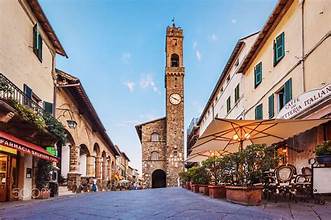
Montalcino is an ideal destination for wine enthusiasts and anyone seeking an immersive Tuscan countryside experience that blends ancient customs with contemporary business practices. 🍷
Credit: https://www.e-borghi.com
